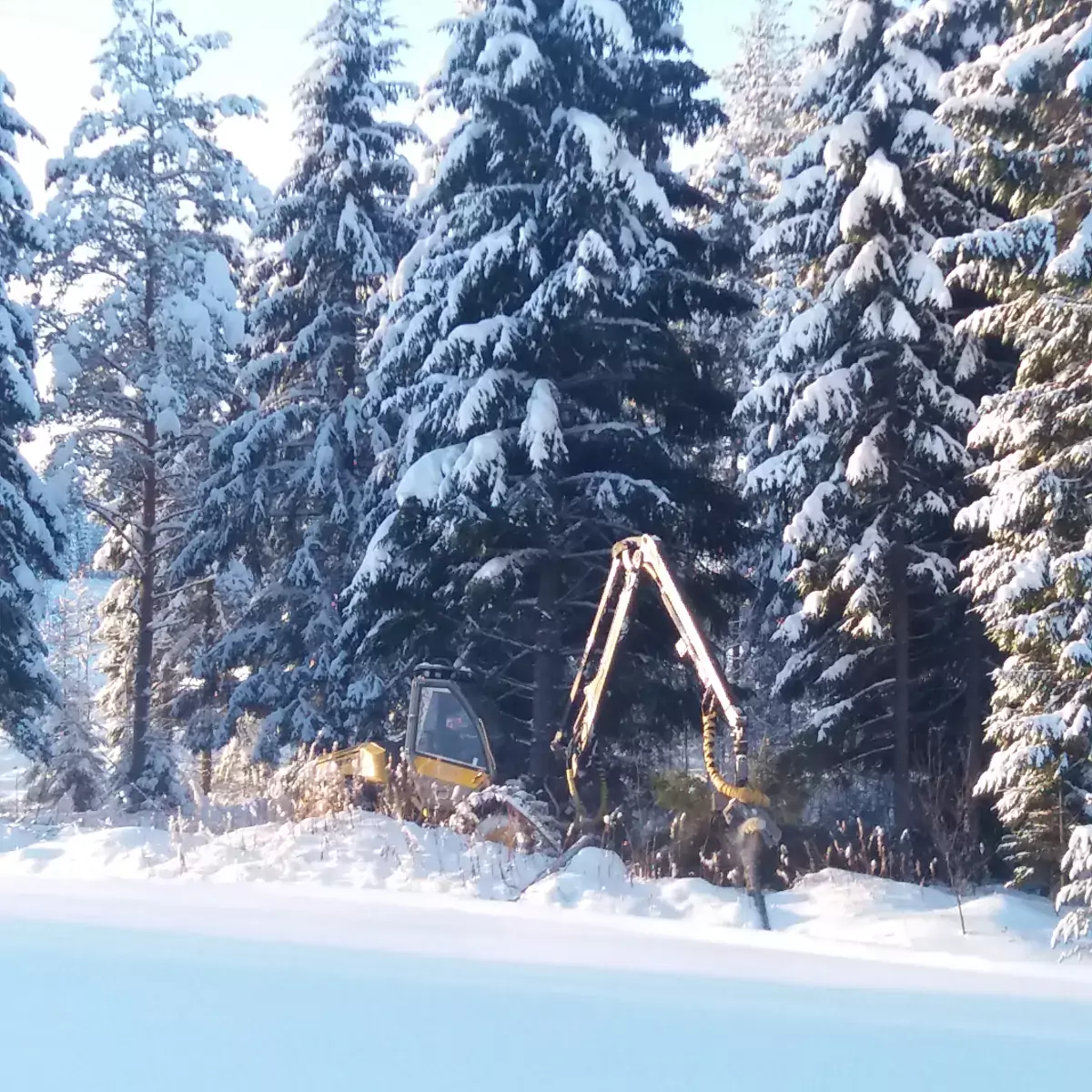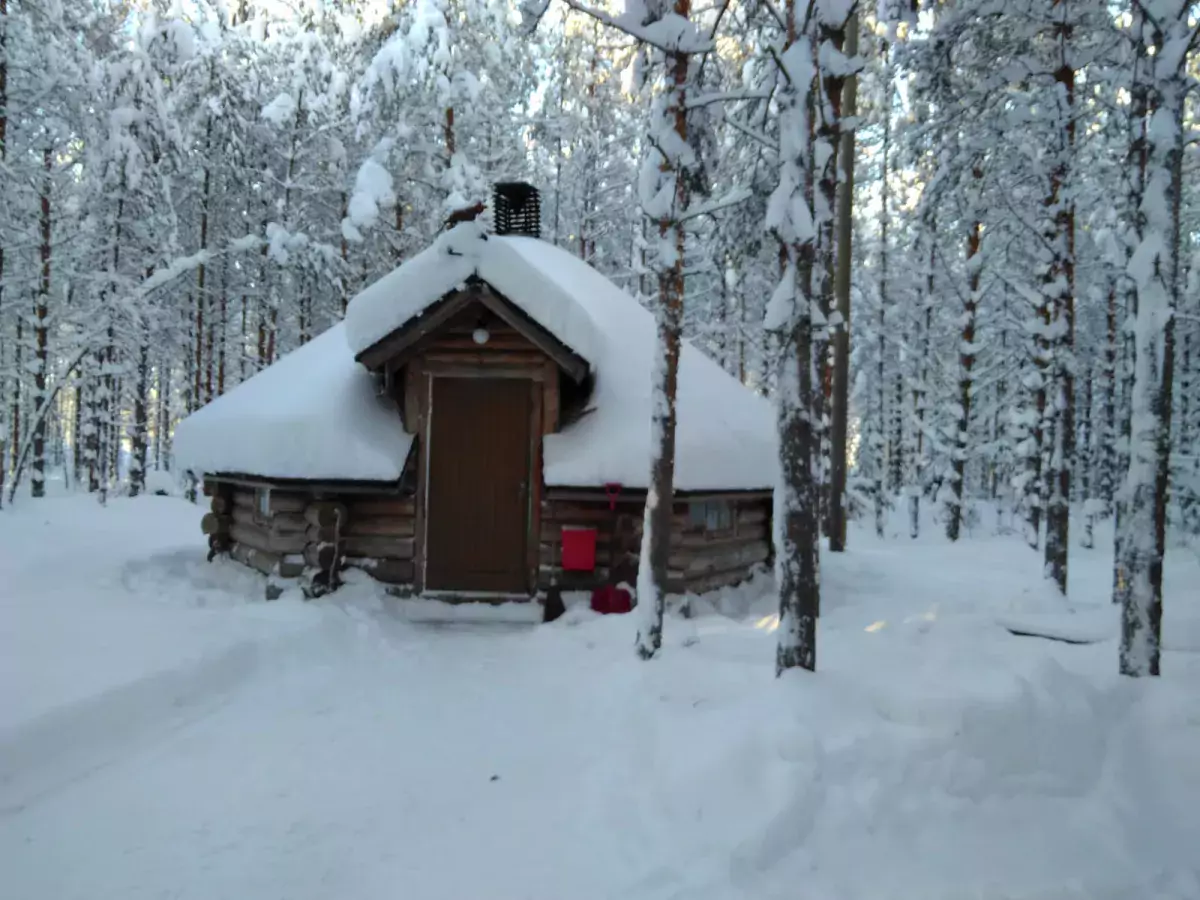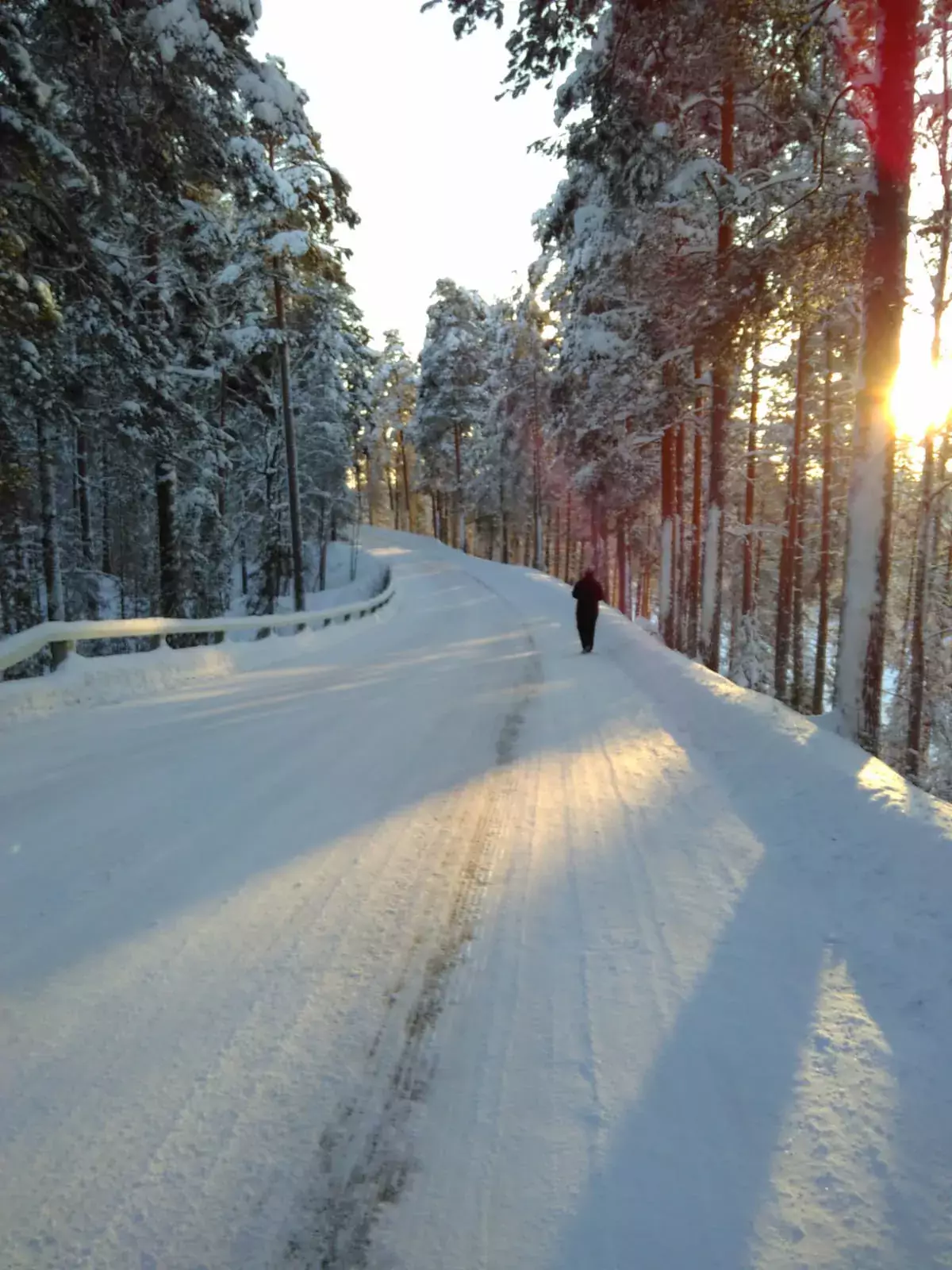Like so many other researcher nowadays, most of my days as a Phd student in international forest policy are spent behind the computer screen. Although my office days are made cheerful by my fellow PhD students, my office mates, it is a real pleasure to leave the office for some time to go and explore the real world. Thanks to an exceptional offer from the Finnish Forest Museum Lusto, we got to spend a beautiful Day in Punkaharju visiting local forests and touring the forest museum.
I am a Finn, and just the word Punkaharju evokes a particular kind of feeling of unique forested landscape: the Punkaharju ridge that is surrounded by both sides by lakes and pine trees. The ridge has been an international tourist destination already during the Russian czar era and it really is no wonder. It is astoundingly beautiful. At the time when the museum was founded, there was a debate regarding the location of the museum. In the middle of the forest? Easily accessible from the big cities? Although it is a 4-hour train ride from Helsinki, it is definitely worth the trip. And not only because of the opportunity to see the famous ridge, located almost next door to the museum, but because of the museum and the stories it can tell us.
Before our visit to the museum, our hosts set the scene by taking us to local forest. As our trip was scheduled for mid-January and the weather was very wintery ( -15C!) and snowy, I was relieved to find out that “going into the forest” didn’t include freezing and walking through the snow but a cozy car drive that took us around the South Savo forests. We shortly visited a local forest entrepreneur working on a forest thinning site and we chatted about the local livelihoods and the possibilities of small scale enterprises to succeed in a competitive environment. One of the success factors is the ability to customize in order to respond to customers’ needs and wishes. I think the entrepreneur had heard our wishes for a slightly warmer weather and he had put up a small fire by the road to keep us warm.
The best food in Punkaharju according to Tripadvisor is served in Punkaharju Valtionhotelli, but I think the best place is the Moose Church. Thanks to our driver Petteri, we were treated with a wonderful experience at Moose Church, the hut of the local moose hunting club. In addition to enjoying lovely lunch and the warmth of open fire, we had nice conversations over forests, people and culture. Our team learnt about local forest history and forest use in the region, and hopefully we were also able to share something from our own research.
The highlight of the day was the tour of the museum. Due to collection maintenance, the museum was temporarily closed for the public, so we got a private tour just for ourselves! The museum covers aspects related to forest use and management, forest culture and societal impact as well as industrial history among others. It also means the museum is showcasing how forest has been important for Finnish people economically. My favorite was the very impressive collection of big and small forestry machines and miniature models of log driving. The museum also livens the (old time) forestry culture by replicating a forest loggers hut where loggers would stay and sleep (You can hear them snoring!).
The Lusto exhibitions also tell about the role of forests on our culture and society (for instance, by documenting the presence of “memory trees” or presenting forest inspired Finnish design items), I think there are more stories to tell. For instance, the museum was showcasing a small collection on history of Finnish forest conflicts related to forest use. For an international forestry policy researcher, this is a very interesting topic as conflicts underline that societal groups have contradicting interests on forests. What are the reasons for conflict and whose interests matter? We also started thinking about gender and the role of women in Finnish Forests. The snoring lumberjacks for sure were men but what has been the role of women in the Finnish forests?
All good things come to an end and our 2 hour visit at the museum was inevitably too short to cover the many interesting topics that came up. Our Lusto hosts and us forest policy researchers of course share the common interest to forests, but what I discovered there is much more than that: We both need data and information to do our work. We also need to be credible, so it is crucial to think what kind of data and information we present. Finally, people will come to the museum or read our research papers if we are approachable -And with all the fun stuff in Lusto, the museum definitely has an upper hand on this!


